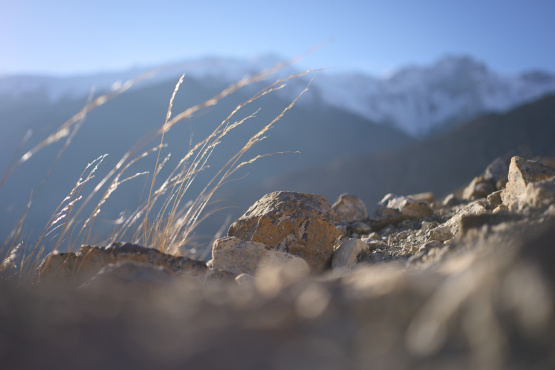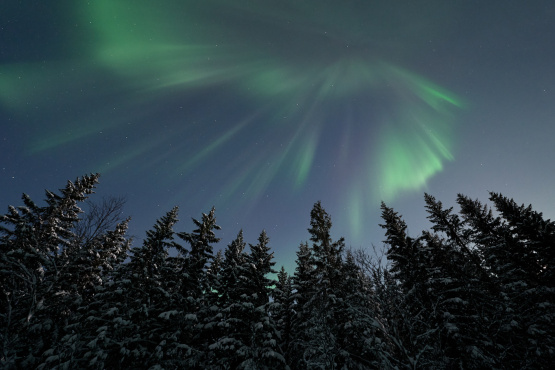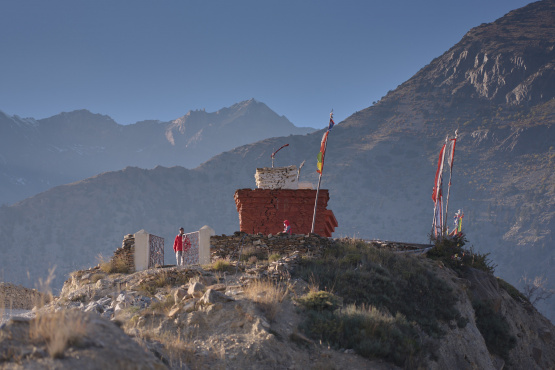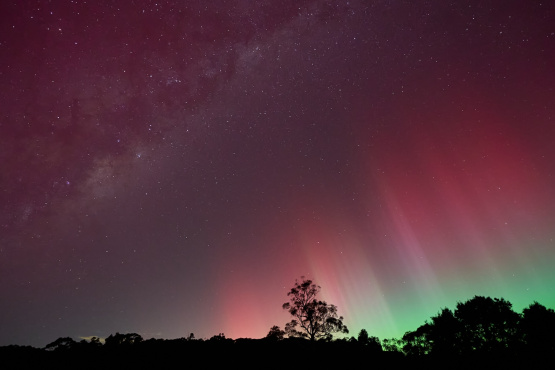I just returned from a month aboard the expedition cruise ship Professor Kromov and sharing my ideas on photography. We visited Sub-Antarctic islands along the way and found ourselves surrounded by more penguins than pebbles. But it wasn't until we dropped below the Antarctic Circle that the photography takes a turn into the mysterious world of ice. And what lovely ice it was.
The ice of Antarctica is so abundant and diverse that every single day is a new exploration into the ever changing landscape. Nature shapes frozen water in a myriad of ways. Sea-ice tainted with a hint of yellow is created from the annual winter freezing along the coastline, glacial ice tumbles into the sea to create massive blue bergs, and fresh snowfall coats chunks of brash, bergs and pack-ice with a fresh layer of pristine white. The combinations of these are endless, and differentiating the true source of a chunk of frozen water is not always obvious.
This variety provides opportunity and challenge for photography. Shapes, textures, hues and motion appear and disappear in a flash. Sometimes you come across a massive monolith of ice and have time to cultivate some inspiration through the lens, but more often than not a perfect moment of shivering brilliance lasts for barely a few seconds before being replaced by a new facade. Decisive moments are fleeting and hard to chase down, so you need to be fore-armed with a game plan.
Are you planning to extract detailed frames of fragments within a berg using a telephoto lens? Are you aiming to shoot wide to draw in the texture of the sky for composition? What role will penguins, birds and mammals play in the architecture of each shot, if at all? Do you need or want to balance the sky and water with a graduated neutral density filter? Is snowfall on the bow or salt water spray in the zodiac going to affect your equipment, or just ruin an otherwise brilliant image when droplets smear across the lens?
With a clear idea of what you want from each encounter with the ice you now have a few technical challenges to deal with. Most people cite exposure metering as their number one issue when heading into snow and ice, and usually they're making a pitfall for themselves. I had several people on our cruise ask me about exposure compensation to balance out the expected errors when shooting on the Antarctic continent. One had been told by their camera store to underexpose all his images by one stop, another had been told to overexpose everything by half a stop. Either strategy is misleading.
The problem isn't that your camera will get it wrong, rather you have wildly varying exposure conditions within a single frame. If 90% of your shot is brilliant white snow then a few black penguins are likely to be underexposed in some way. Alternately if you're getting a decent close-up of a friendly Adelie Penguin then you're likely to blow-out some of the highlights through a white background. Either way you're getting a true exposure, as modern digital SLR cameras are not easily fooled by a bit of ice or snow.
RAW files gives you some flexibility in these situations and can take the worry out of exposure selections. Adjusting the dynamic range of a RAW image using Capture One or Lightroom also enhances your ability to retain details across these exposure zones even when they are heading in different directions.
So long as the sun is shining you'll be hard pressed to get the exposure too far out of the ballpark, and if the sun isn't shining then the moody nature of dark skies and flat water give you a whole new canvas to play with. Do note that dust marks on your sensor will stand out most strongly under these cloudy flat skies, and you may need to up your ISO setting to get good depth of field in the dimmer light.
RAW files also give you room to move on the white balance without compromising quality. This is really the most difficult part of shooting in the ice and snow, as a slight skew in tint or temperature of the shot can yield dramatically inaccurate colours. It turns out there are different kinds of white, leaning to warm or cooler colours. It also turns out that the green and red balance can get whacked as well, often to compensate for imbalance in the colour temperature.
Aside from looking off-target when you upload images to Facebook the major trouble caused by misaligned colour balance is the loss of detail. Subtle variance through the mid-range of grey levels are easily washed out by saturated tones and textures fall flat when the colour balance drifts. So avoid dialling up the colour saturation unnecessarily and pay attention to your white balance when processing the images.
Snow on it's own behaves pretty good on a sunny day, but overcast conditions are the worst. I had a particular day of shooting this trip when the sky was bright but clouded over, resulting in a powerful saturation of UV light across the scene. This caused havoc with my colour balance, to my eye and camera accordingly. I was walking through a deeply tinted blue world and the camera captured an honest reflection of the tonal environment. The effect looked as though someone had put a blue filter across the lens, a result that simply fails to look natural even though it is.
It's one time when a corrective adjustment to white balance is in order, and without the correction the detail and texture of my images were washed out by the tint. Later that day the sun made a brief appearance the white balance was no longer an issue. The handful of shots taken in that half hour were easily the best of the day. And that should be no surprise to regular readers of Photography for Travellers, as the light is the main event when taking photos. It all begins with the light.
Letting the light guide your photography is one of my most employed mantras, but so is "get closer". In Antarctica this rule pays dividends. A quality 70-200mm telephoto zoom is a vital part of any wildlife exploration, but a 24mm wide angle is not to be sneezed at either. Almost any shot that looks good through the telephoto will look even better if you can get up close and shoot it wide.
One evening in Commonwealth Bay we had a chance to return to shore and explore the landscape of ice for a few more hours. With the help of our expedition leader I organised a couple of zodiacs for photographic fanatics to go get familiar with a few penguins on the ice nearby. The sun was threatening to kiss the horizon but a heavy sky to the north was throwing a dark curtain over the scene. Add to this a few rather random ice berg curves that were drifting around the bay, plus some flat slabs of sea-ice that the penguins were using to haul out of the water.
Hundreds of Adelie Penguins were gathered on a single berg, with a moody sky behind them and a massive blue berg splashing some colour into the scene. Grey skies in Antarctica yield a dramatic absence of colour, and Adelies are easily the least colourful of penguins to match with barely a hint of tone at the beak and feet. The scene would have almost no colour at all if not for penguin poop and that beautiful blue berg. Allowing the light to guide me simply I pointed my lens north and brought the elements into a single composition. I forewarned our zodiac passengers that a wide-angle lens is the way to go, we prepared our cameras and rolled up alongside the edge of the sea-ice slab.
To our marvel the Adelie Penguins exhibited their friendly nature and came across to visit us. Helicopters scare them to panic but a single zodiac slowly bumping into the berg is cause for closer inspection. With wide angle lenses attached we snapped a few dozen frames each, and circled back and forth to the point of satiation. I can't say I got the perfect shot, but I got one of my best yet. Skies, colours, ice, wildlife and wide-angles.
You wont always be able to engineer a set of circumstance like this on a trip to Antarctica, but they are worth the wait. Patience is essential when dealing with ice, especially the thousands of years required to prepare a chunk of glacial berg that will turn blue as it melts into the ocean. That's what makes the ice so nice.

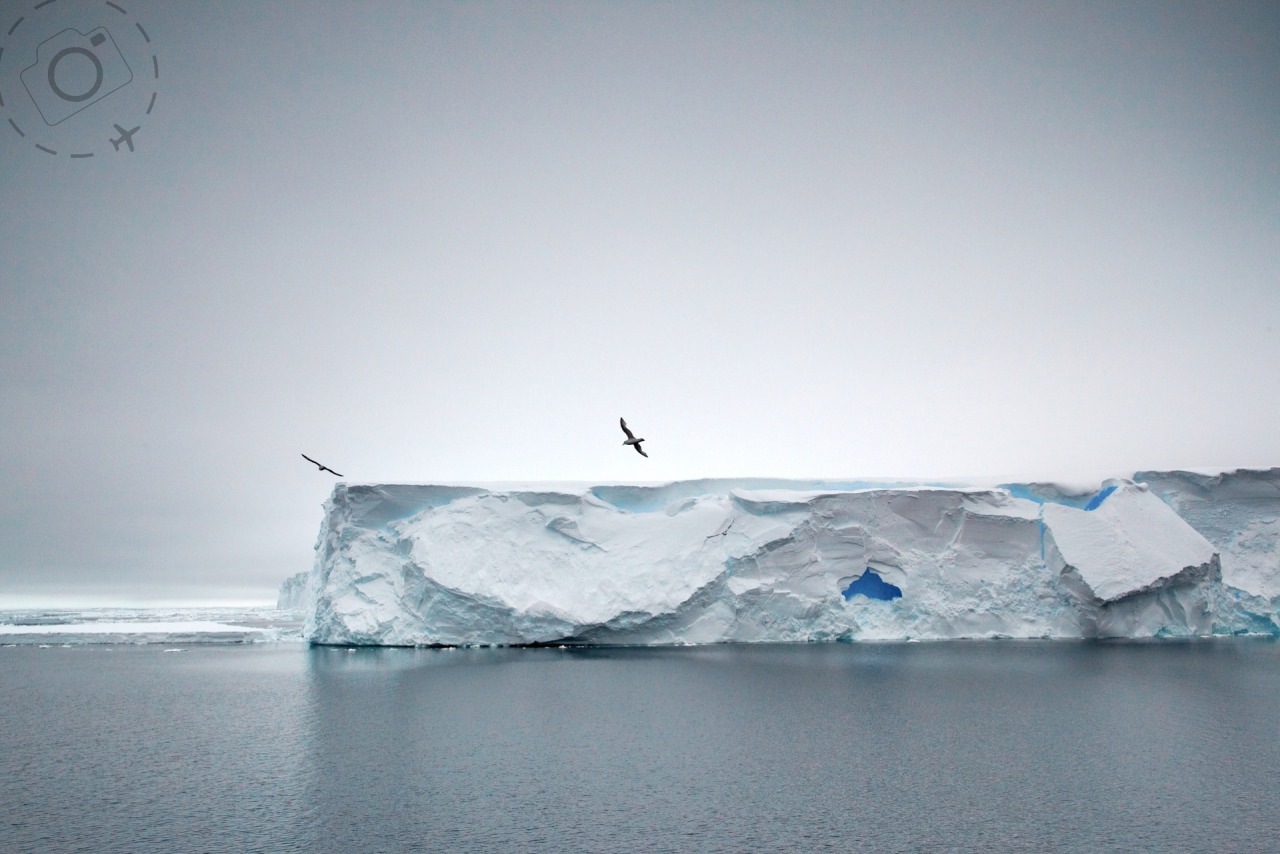

Keep Reading
Join Ewen's newsletter for monthly updates on new photography articles and tour offers...Subscribe Here



